Synthetic tags light up, destroy neurons in living mice
Researchers have repurposed a technique called SNAP-tag labeling to illuminate and manipulate subsets of neurons in mice.
Emerging tools and techniques that may advance autism research.
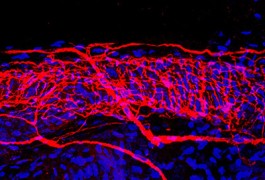
Researchers have repurposed a technique called SNAP-tag labeling to illuminate and manipulate subsets of neurons in mice.
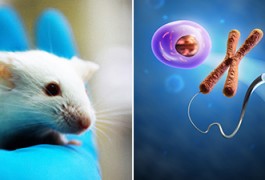
Although mice and humans have many genes in common, a new catalog highlights significant differences in how these genes are regulated. This resource, dubbed mouse ENCODE, clarifies the extent to which mice can accurately model complex human diseases such as autism.
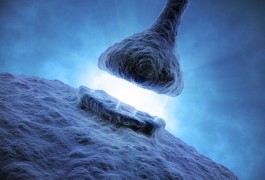
Researchers have for the first time isolated and characterized protein complexes found at the points of connection between neurons. Mutations in some of these proteins are linked to autism.
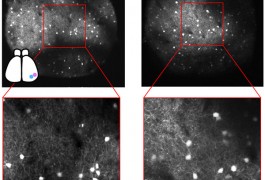
A customized microscope with moveable arms lets researchers simultaneously watch neurons fire in two areas of a mouse brain.
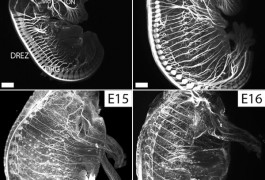
A new method called iDISCO makes tissue more transparent and permeable to antibodies, allowing researchers a deeper view into the brain and other organs.
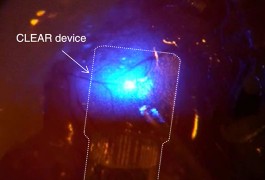
A transparent sensor crafted from thin sheets of carbon allows researchers to record brain activity in mice, reports a paper published 20 October in Nature Communications.
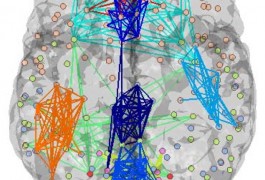
A new mathematical method helps researchers understand how brain connectivity in individuals varies from group norms.
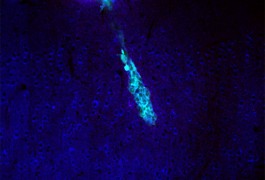
Cells modified to carry fluorescent sensors can help researchers detect the levels of various chemical messengers in the brains of living mice.

Standard screening tools translated into Hindi and Bengali reliably distinguish Indian children with autism from their unaffected peers.
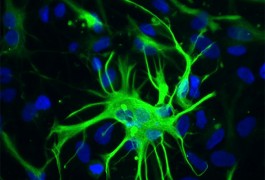
Researchers have created a repository of nearly 180 cell lines from people with autism or fragile X syndrome, they reported 1 October in Stem Cells Translational Medicine.






